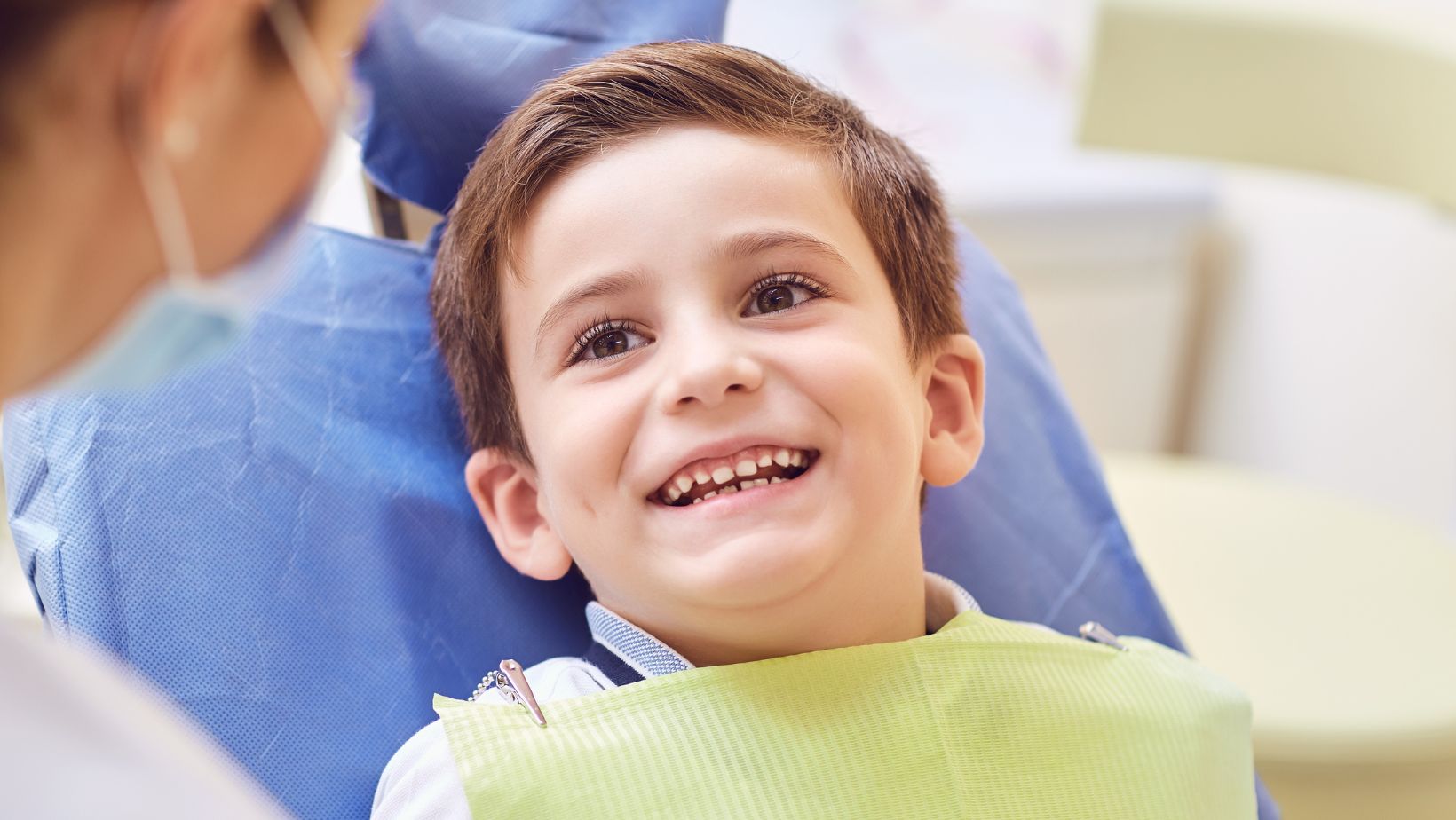Orthodontic treatment plays a vital role in attaining both a captivating smile and optimal oral health. “Two-Phase Treatment” is a tailored approach crafted to effectively tackle specific orthodontic issues through a well-planned, two-step process for young patients dealing with evolving orthodontic concerns. In this article, we will delve into the concept of Two-Phase Orthodontic Treatment, its advantages, and the range of orthodontic issues it can adeptly resolve.
Understanding Two-Phase Orthodontic Treatment
Two-Phase Orthodontic Treatment, also known as interceptive orthodontics, is a comprehensive approach that involves two distinct phases of orthodontic care. The key feature of this method is that it begins at an early age, typically between the ages of 7 to 10, when a child still has a mix of primary and permanent teeth. This approach differs from traditional orthodontic treatment, which usually starts during adolescence when most of the permanent teeth have erupted.
The Two Phases
- Phase One – Early Intervention: The first phase of Two-Phase Treatment focuses on identifying and addressing specific orthodontic issues that are easier to correct during childhood. This phase may involve the use of various orthodontic appliances such as braces, expanders, or space maintainers. The primary objectives include guiding jaw growth and improving the alignment of erupting permanent teeth.
- Phase Two – Comprehensive Treatment: The second phase occurs after all permanent teeth have erupted, typically during adolescence. This phase aims to fine-tune the alignment of the teeth to achieve an ideal bite and esthetic appearance. Braces or clear aligners are often used in this stage, and the focus is on optimizing the final position of the teeth for a beautiful, functional smile.
Benefits of Two-Phase Treatment
- Early Problem Detection: By starting treatment at an early age, orthodontists can identify and address issues like crossbites, severe crowding, and jaw discrepancies before they become more challenging to correct.
- Improved Oral Health: Early orthodontic intervention can prevent dental problems, such as impacted teeth and misaligned bites, reducing the likelihood of complications and the need for extractions or surgery in the future.
- Enhanced Esthetics: Two-Phase Treatment can contribute to improved facial aesthetics and self-esteem by addressing orthodontic issues early, allowing children to grow up with a more confident smile.
- Less Aggressive Treatment: Since the first phase is designed to address specific issues as they arise, the second phase is often less intensive and requires shorter treatment duration.
Orthodontic Issues Addressed by Two-Phase Treatment
Two-Phase Orthodontic Treatment is well-suited for various orthodontic problems, including:
- Severe Crowding: Early treatment can create space for erupting permanent teeth, reducing the need for extractions.
- Crossbites: Correcting crossbites during the first phase helps ensure proper jaw development and alignment.
- Overbites and Underbites: Early intervention can guide jaw growth to minimize overbites and underbites, reducing the need for surgery later.
- Jaw Discrepancies: Two-Phase Treatment can help address issues related to jaw size and position, improving facial harmony.
Conclusion
Two-Phase Orthodontic Treatment is a strategic approach that offers numerous advantages for young patients with developing orthodontic issues. By addressing problems at an early age, orthodontists can achieve better outcomes, improve oral health, and enhance facial aesthetics. If you have concerns about your child’s teeth or bite, consult with an orthodontist who can determine if Two-Phase Treatment is the right approach to ensure a lifetime of healthy and beautiful smiles.

